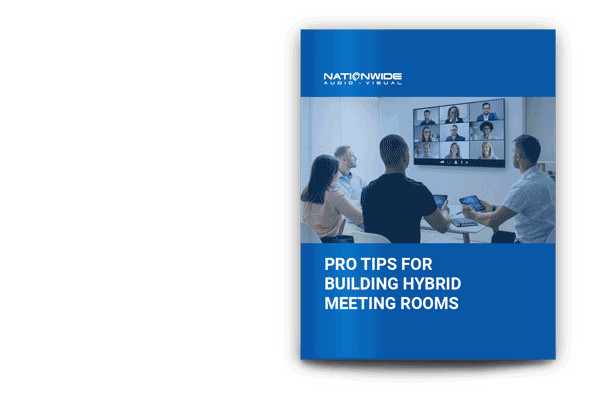Design workspaces that embrace neurodiversity
There’s not just one kind of employee when it comes to work styles, work preferences, or skill sets. And the same goes for neurodiversity. Neurodiversity is the full range of differences in cognitive behavior and traits, and it’s estimated that 10-20% of the population is neurodivergent. Neurodivergent is the term often used to encompass people with autism, dyslexia, dyspraxia, and attention-deficit/hyperactivity disorder (ADHD). It is referenced in contrast with “neurotypical” behavior. Neurodiversity simply means all the ways of thinking and includes everyone. That’s why it’s important to incorporate inclusive design into the workplace. Here are some tips for making your workplace more inclusive and productive for everyone.
Embracing Neurodiversity in the Workplace
Creating a workplace for everyone isn’t just about the spaces and tools. It starts with a culture of learning and acceptance, meaning employees feel like they are free to make requests and recommendations regarding neurodiversity in the workplace.
Inclusive design for neurodivergent workers means shaping the spaces, sights, sounds, and other aspects of the environment so that everyone feels comfortable working and being themselves.
Designing Inclusive Workspaces
There’s not a single type of space that can be considered ideal for neurodivergent employees. Consider that it’s useful to have quiet spaces that accommodate concentration, solo breaks or social anxiety, as well as collaborative spaces for movement, social activities, and active work. Make sure the layout or other indicators let employees know how they can use the room.
Some people have different styles, preferences, and needs when it comes to specific kinds of work, like solo work, communication, and group collaboration. So flexibility and control are important characteristics of inclusive spaces. Spaces that can be adapted or modified by users will be valuable to employees and also to organizations with limited space. By providing options, like varied furniture fabrics and materials, you can accommodate more preferences.
Building a physical environment for neurodiverse employees includes providing spaces where people can choose or control aspects of the environment like:
- Sensory stimulation
- Noise levels
- Lighting and color
- Crowding and privacy
- Room temperature
Some organizations provide sensory rooms with controlled environments to limit or block stimuli and with furnishings and tools to control the audio and visual elements.
Equipping Spaces with the Right Technology
Choose digital and equipment solutions that promote equity and inclusion. And make these available to everyone–not just those who request them. For example, some writing and grammar software can help employees with dyslexia, but it’s also useful to anyone in your company who has to write emails, reports, or other materials.
Other useful technology may include headphones, screen readers, room occupancy monitoring, lighting controls, room scheduling tools, voice recognition software, and assistive communication devices. There is a lot to consider when optimizing spaces for neurodiversity, so partnering with a workplace technology expert can help make sure you choose the tools that are right for your employees and environment.
To find out how you can use technology to make your workspaces more inclusive of neurodiversity, talk to a Nationwide Audio Visual expert.



